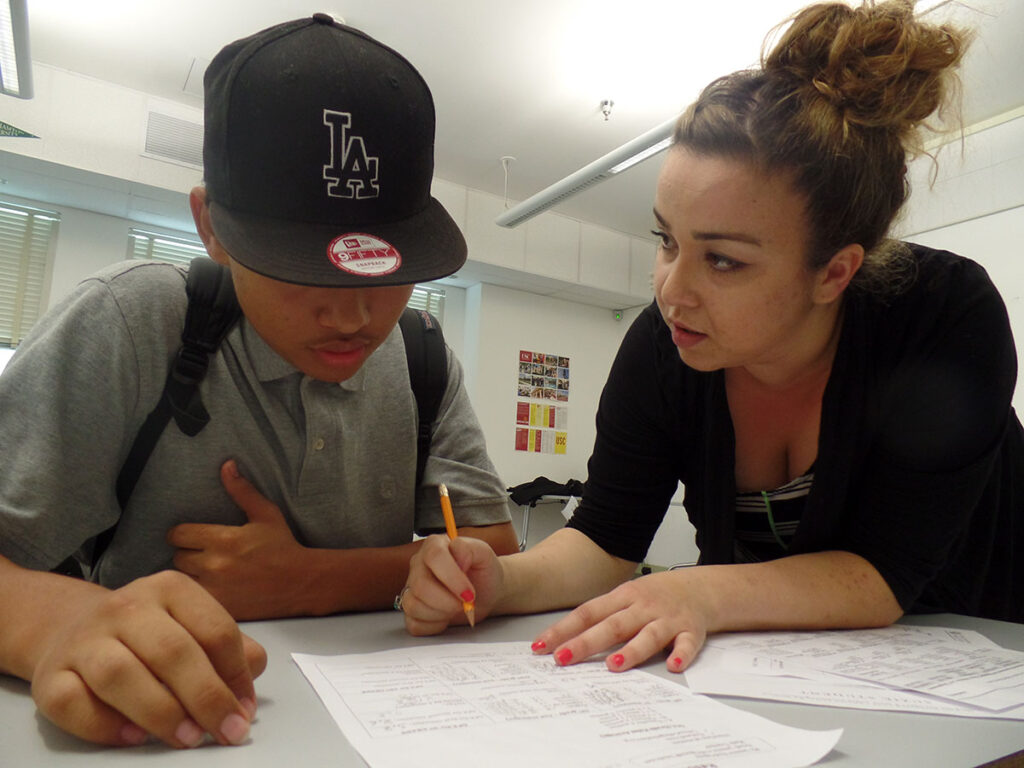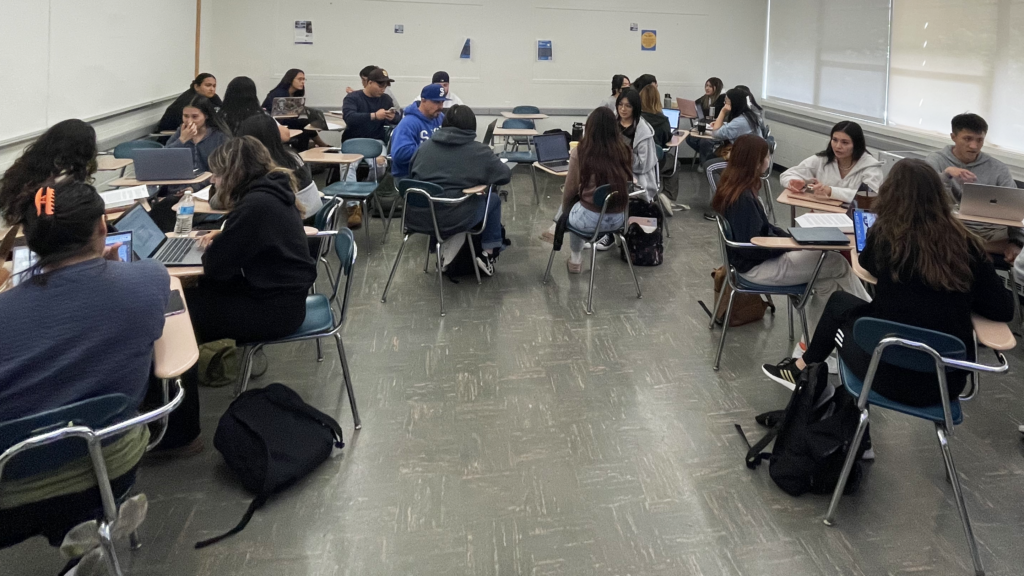Thom Hartmann, accomplished author, blogger, and podcaster, urges progressives to learn from the success of the radical Right. The ultra-Right as for many years a fringe group, far from the power center of the Republican Party. Now the extremists control the Republican Party. Hartmann explains how they accomplished this feat and why progressives should do the same.
He writes:
What if, lacking an organized resistance to fascism like we have had in previous eras (the civil rights movement, SDS, BLM, the Wobbly’s) the Democratic Party itself could play the role of producing radical, positive transformation across America?
Sound crazy? It’s actually happened twice.
The first time was in the 1930s, when Franklin Roosevelt’s New Deal literally flipped our politics and the American economy upside down, turning us from a raw, harsh capitalist system to a democratic socialist system with Social Security, legalized unions, unemployment insurance, a minimum wage, workplace safety rules, massive infrastructure construction, and millions of Americans being employed directly by the government to end poverty.
It happened again in the 1960s, with Lyndon Johnson’s Great Society, producing Medicare, Medicaid, the civil rights act, the voting rights act, food stamps, low income housing, National Public Radio, a transformation of our educational system for the better, USAID, Job Corps, VISTA, Head Start, a major Social Security expansion, The National Endowment for the Arts, and what was essentially free college.
Sunday, I was on Ali Velshi’s show on MSNBC a conversation about protest movements. I pointed out that back in the 60s, when I was in SDS, there were a number of groups that were quite active, particularly on college campuses, but today most of them have been gutted or banned.
Black Lives Matter has disintegrated, the movement against Israel’s slaughter in Gaza has led to universities rolling over and capitulating, and the #MeToo and abortion rights movements are essentially leaderless.
Which leaves the Democratic Party, as I mentioned on Ali’s show. Billionaires and racists turned the Republican Party into a neofascist protest party over the past decade; progressives and those of us who want to preserve democracy in America need to similarly says control of and radicalize the Democratic Party in the tradition of FDR and LBJ.
There is a vital lesson progressives must learn, which is how the far right took control of the Republican Party over a decade ago and forced the entire Conservative establishment to lurch so far to the Right that they’ve even dumped people like Liz Cheney and George W. Bush.
If progressives hope to have any shot at influencing today’s Democratic Party and kicking out the corporate sellout Democrats and replacing them with real-deal progressives, then we need to get to work right now to do exactly what the Tea Party did a decade and a half ago to take power.
And it starts in our own backyards.
Let me introduce you to the now-defunct Concord Project, a right-wing organization that, a decade ago, was in charge of helping the Tea Party’s Successful effort to take over and radicalize the GOP.
The Concord Project expanded their get-out-the-vote strategy beyond just traditional phone banking, canvassing, and putting up “vote Republican” signs. Instead, they decided to infiltrate local politics by encouraging Tea Partiers and conservatives more generally to become “Precinct Committee Members.”
Here’s their pitch in their own words from one of their Obama-era YouTube training videos:
“What’s the most powerful political office in the world? It is not the President of the United States. It’s Precinct Committeeman.”
So why is a Precinct Committeeman (or person) so important?
“First, because precinct committeemen and only precinct committeemen get to elect the leaders of the political parties; if you want to elect the leadership of one of the two major political parties in this country, then you have to become a precinct committeeman.”
As in the oldest and most basic governing reality in a republic: true and effective political power flows up from the bottom.
It starts with Precinct Committeemen and women — people who are either appointed or win local elections with very few votes at stake, in some cases only 10 or 20 votes — to gain positions that pretty much anyone can hold but which wield enormous power.
It’s Precinct Committee Persons who elect district, county, and state party officials and delegates, who choose primary nominees that then go on to hold elected office, and who help draft a party’s platform.
They’re also generally the first people who elected officials meet with when they come back into the district. And those officials listen carefully to what Precinct Committee persons have to say.
So, the Concord folks told their people, if far right Tea Partiers moved in and took over Precinct Committee seats then they’d also be able to nominate a slew of Tea Partiers to hold higher offices within the Republican Party and for primaries.
And those Tea Party Republican Party primary candidates would then be winnowed down in the primary to one Tea Party Republican to run against the Democrat in the general election. This way, Tea Partiers would end up dominating the GOP.
That was their pitch: take over the party from the inside, from the bottom up. And it worked….
Open the link to finish reading.



)















